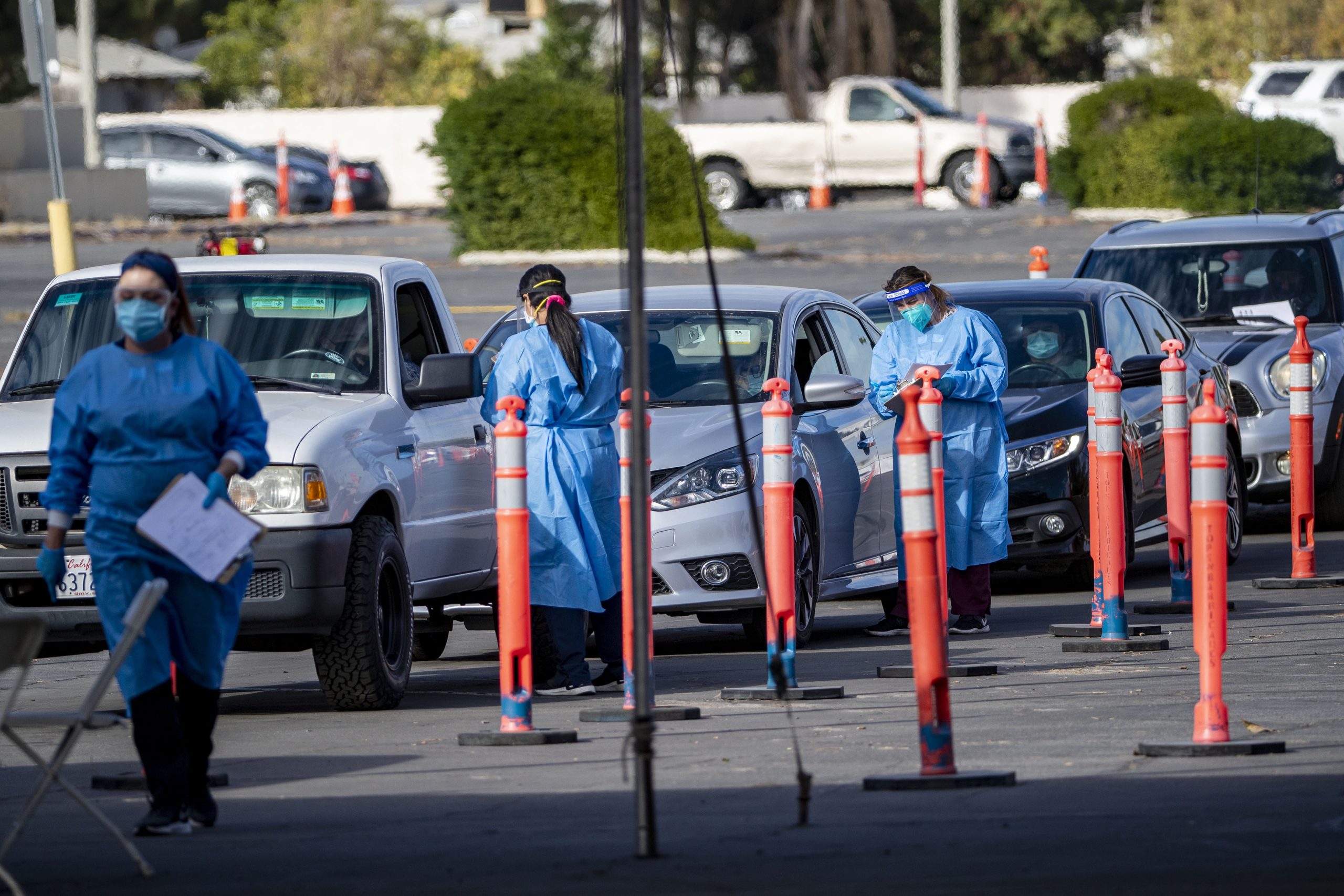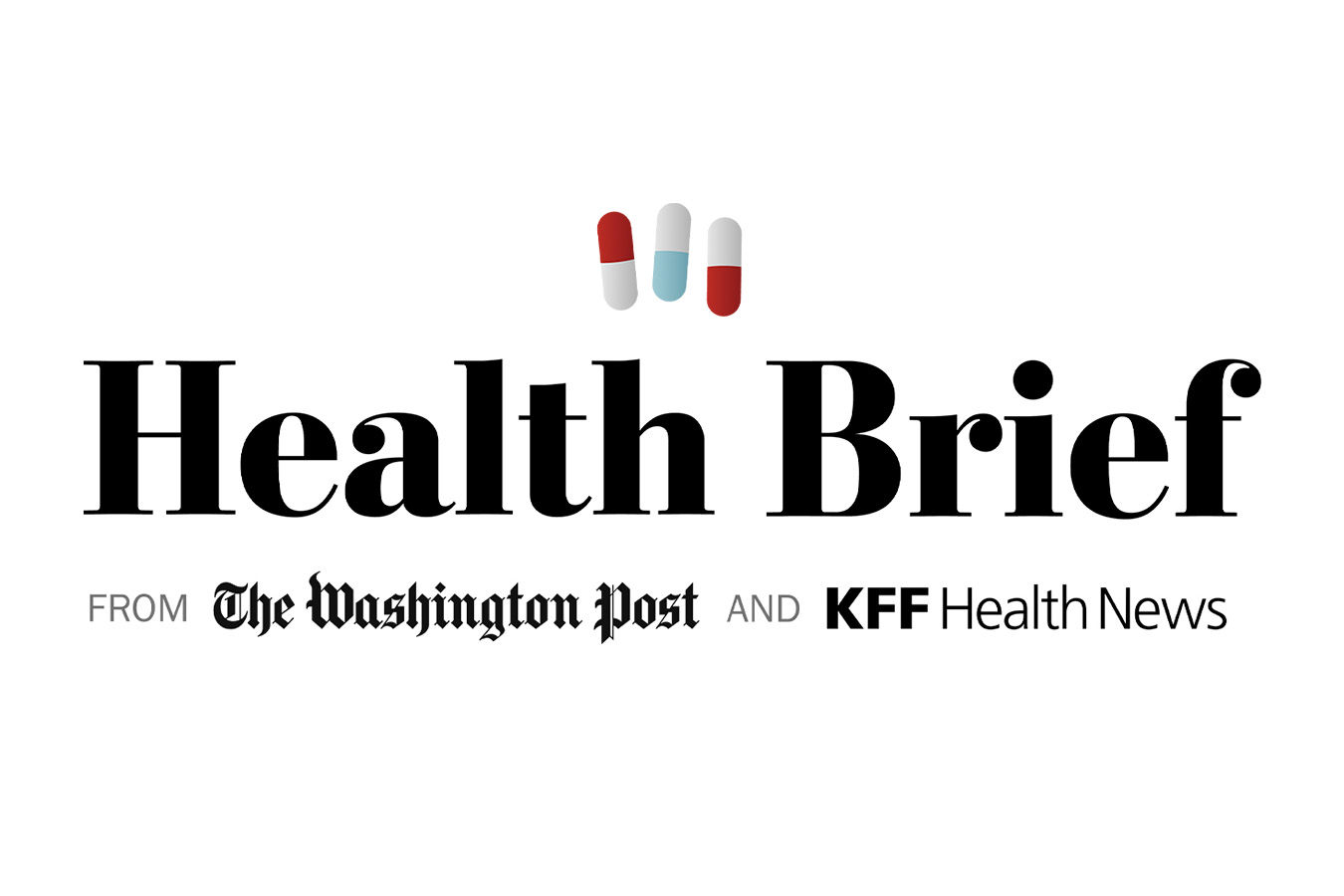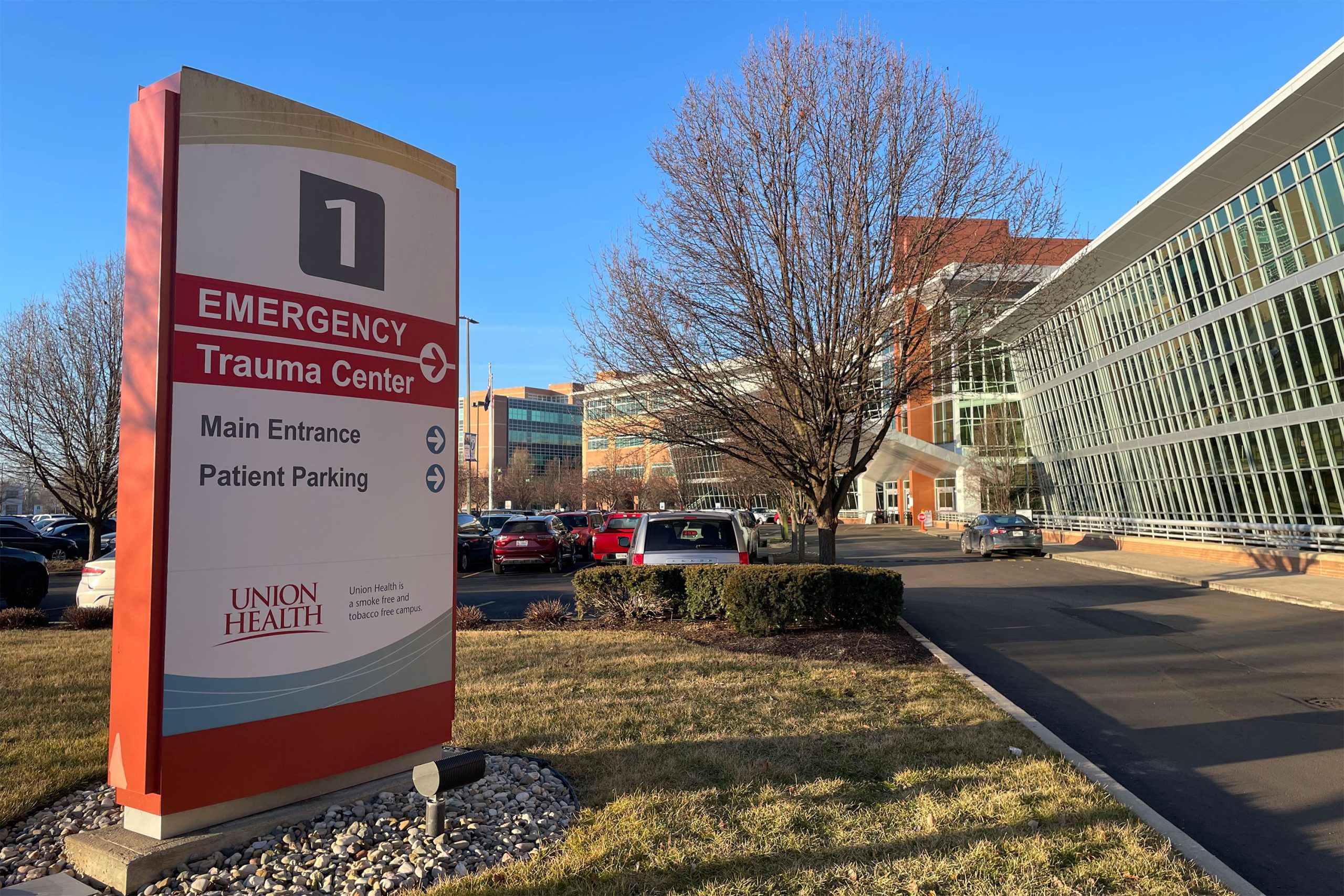It’s been nearly three months since the U.S. government announced an outbreak of the bird flu virus on dairy farms. The World Health Organization considers the virus a public health concern because of its potential to cause a pandemic, yet the U.S. has tested only about 45 people across the country.
“We’re flying blind,” said Jennifer Nuzzo, director of the Pandemic Center at the Brown University School of Public Health. With so few tests run, she said, it’s impossible to know how many farmworkers have been infected, or how serious the disease is. A lack of testing means the country might not notice if the virus begins to spread between people — the gateway to another pandemic.
“We’d like to be doing more testing. There’s no doubt about that,” said Nirav Shah, principal deputy director of the Centers for Disease Control and Prevention. The CDC’s bird flu test is the only one the Food and Drug Administration has authorized for use right now. Shah said the agency has distributed these tests to about 100 public health labs in states. “We’ve got roughly a million available now,” he said, “and expect 1.2 million more in the next two months.”
But Nuzzo and other researchers are concerned because the CDC and public health labs aren’t generally where doctors order tests from. That job tends to be done by major clinical laboratories run by companies and universities, which lack authorization for bird flu testing.
As the outbreak grows — with at least 114 herds infected in 12 states as of June 18 — researchers said the CDC and FDA are not moving fast enough to remove barriers that block clinical labs from testing. In one case, the diagnostics company Neelyx Labs was on hold with a query for more than a month.
“Clinical labs are part of the nation’s public health system,” said Alex Greninger, assistant director of the University of Washington Medicine Clinical Virology Laboratory. “Pull us into the game. We’re stuck on the bench.”
The CDC recognized the need for clinical labs in a June 10 memo. It calls on industry to develop tests for the H5 strain of bird flu virus, the one circulating among dairy cattle. “The limited availability and accessibility of diagnostic tests for Influenza A(H5) poses several pain points,” the CDC wrote. The points include a shortage of tests if demand spikes.
Researchers, including former CDC director Tom Frieden and Anthony Fauci, who led the nation’s response to covid, cite testing failures as a key reason the U.S. fared so poorly with covid. Had covid tests been widely available in early 2020, they say, the U.S. could have detected many cases before they turned into outbreaks that prompted business shutdowns and cost lives.
In an article published this month, Nuzzo and a group of colleagues noted that the problem wasn’t testing capability but a failure to deploy that capability swiftly. The U.S. reported excess mortality eight times as high as other countries with advanced labs and other technological advantages.
A covid test vetted by the WHO was available by mid-January 2020. Rather than use it, the United States stuck to its own multistage process, which took several months. Namely, the CDC develops its own test then sends it to local public health labs. Eventually, the FDA authorizes tests from clinical diagnostic labs that serve hospital systems, which must then scale up their operations. That took time, and people died amid outbreaks at nursing homes and prisons, waiting on test results.
In contrast, South Korea immediately rolled out testing through private sector laboratories, allowing it to keep schools and businesses open. “They said, ‘Gear up, guys; we’re going to need a ton of tests,’” said Frieden, now president of the public health organization Resolve to Save Lives. “You need to get commercials in the game.”
Nuzzo and her colleagues describe a step-by-step strategy for rolling out testing in health emergencies, in response to mistakes made obvious by covid. But in this bird flu outbreak, the U.S. is weeks behind that playbook.
Ample testing is critical for two reasons. First, people need to know if they’re infected so that they can be quickly treated, Nuzzo said. Over the past two decades, roughly half of about 900 people around the globe known to have gotten the bird flu died from it.
Although the three farmworkers diagnosed with the disease this year in the United States had only mild symptoms, like a runny nose and inflamed eyes, others may not be so lucky. The flu treatment Tamiflu works only when given soon after symptoms start.
The CDC and local health departments have tried to boost bird flu testing among farmworkers, asking them to be tested if they feel sick. Farmworker advocates list several reasons why their outreach efforts are failing. The outreach might not be in the languages the farmworkers speak, for example, or address such concerns as a loss of employment.
If people who live and work around farms simply see a doctor when they or their children fall ill, those cases could be missed if the doctors send samples to their usual clinical laboratories. The CDC has asked doctors to send samples from people with flu symptoms who have exposure to livestock or poultry to public health labs. “If you work on a farm with an outbreak and you’re worried about your welfare, you can get tested,” Shah said. But sending samples to public health departments requires knowledge, time, and effort.
“I really worry about a testing scheme in which busy clinicians need to figure this out,” Nuzzo said.
The other reason to involve clinical laboratories is so the nation can ramp up testing if the bird flu is suddenly detected among people who didn’t catch it from cattle. There’s no evidence the virus has started to spread among people, but that could change in coming months as it evolves.
The fastest way to get clinical labs involved, Greninger said, is to allow them to use a test the FDA has already authorized: the CDC’s bird flu test. On April 16 the CDC opened up that possibility by offering royalty-free licenses for components of its bird flu tests to accredited labs.
Several commercial labs asked for licenses. “We want to get prepared before things get crazy,” said Shyam Saladi, chief executive officer of the diagnostics company Neelyx Labs, which offered covid and mpox tests during shortages in those outbreaks. His experience over the past two months reveals the types of barriers that prevent labs from moving swiftly.
In email exchanges with the CDC, shared with KFF Health News, Saladi specifies the labs’ desire for licenses relevant to the CDC’s test, as well as a “right to reference” the CDC’s data in its application for FDA authorization.
That “right to reference” makes it easier for one company to use a test developed by another. It allows the new group to skip certain analyses conducted by the original maker, by telling the FDA to look at data in the original FDA application. This was commonplace with covid tests at the peak of the pandemic.
At first, the CDC appeared eager to cooperate. “A right of reference to the data should be available,” Jonathan Motley, a patent specialist at the CDC, wrote in an email to Saladi on April 24. Over the next few weeks, the CDC sent him information about transferring its licenses to the company, and about the test, which prompted Neelyx’s researchers to buy testing components and try out the CDC’s process on their equipment.
But Saladi grew increasingly anxious about the ability to reference the CDC’s data in the company’s FDA application. “Do you have an update with respect to the right of reference?” he asked the CDC on May 13. “If there are any potential sticking points with respect to this, would you mind letting us know please?”
He asked several more times in the following weeks, as the number of herds infected with the bird flu ticked upward and more cases among farmworkers were announced. “Given that it is May 24 and the outbreak has only expanded, can CDC provide a date by which it plans to respond?” Saladi wrote.
The CDC eventually signed a licensing agreement with Neelyx but informed Saladi that it would not, in fact, provide the reference. Without that, Saladi said, he could not move forward with the CDC’s test — at least not without more material from the agency. “It’s really frustrating,” he said. “We thought they really intended to support the development of these tests in case they are needed.”
Shah, from the CDC, said test manufacturers should generate their own data to prove that they’re using the CDC’s test correctly. “We don’t have a shortage such that we need to cut corners,” he said. “Quality reigns supreme.”
The CDC has given seven companies, including Neelyx, licenses for its tests — although none have been cleared to use them by the FDA. Only one of those companies asked for the right of reference, Shah said. The labs may be assisted by additional material that the agency is developing now, to allow them to complete the analyses — even without the reference.
“This should have happened sooner,” Saladi told KFF Health News when he was told about the CDC’s pending additional material. “There’s been no communication about this.”
Greninger said the delays and confusion are reminiscent of the early months of covid, when federal agencies prioritized caution over speed. Test accuracy is important, he said, but excessive vetting can cause harm in a fast-moving outbreak like this one. “The CDC should be trying to open this up to labs with national reach and a good reputation,” he said. “I fall on the side of allowing labs to get ready — that’s a no-brainer.”
Clinical laboratories have also begun to develop their own tests from scratch. But researchers said they’re moving cautiously because of a recent FDA rule that gives the agency more oversight of lab-developed tests, lengthening the pathway to approval. In an email to KFF Health News, FDA press officer Janell Goodwin said the rule’s enforcement will occur gradually.
However, Susan Van Meter, president of the American Clinical Laboratory Association, a trade group whose members include the nation’s largest commercial diagnostic labs, said companies need more clarity: “It’s slowing things down because it’s adding to the confusion about what is allowable.”
Creating tests for the bird flu is already a risky bet, because demand is uncertain. It’s not clear whether this outbreak in cattle will trigger an epidemic or fizzle out. In addition to issues with the CDC and FDA, clinical laboratories are trying to figure out whether health insurers or the government will pay for bird flu tests.
These wrinkles will be smoothed eventually. Until then, the vanishingly slim numbers of people tested, along with the lack of testing in cattle, may draw criticism from other parts of the world.
“Think about our judgment of China’s transparency at the start of covid,” Nuzzo said. “The current situation undermines America’s standing in the world.”










